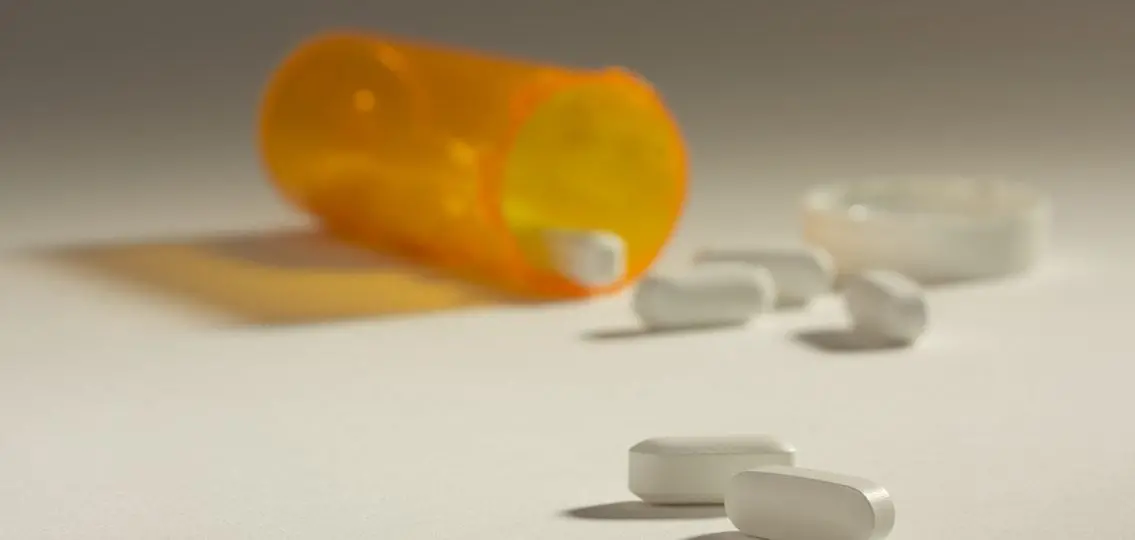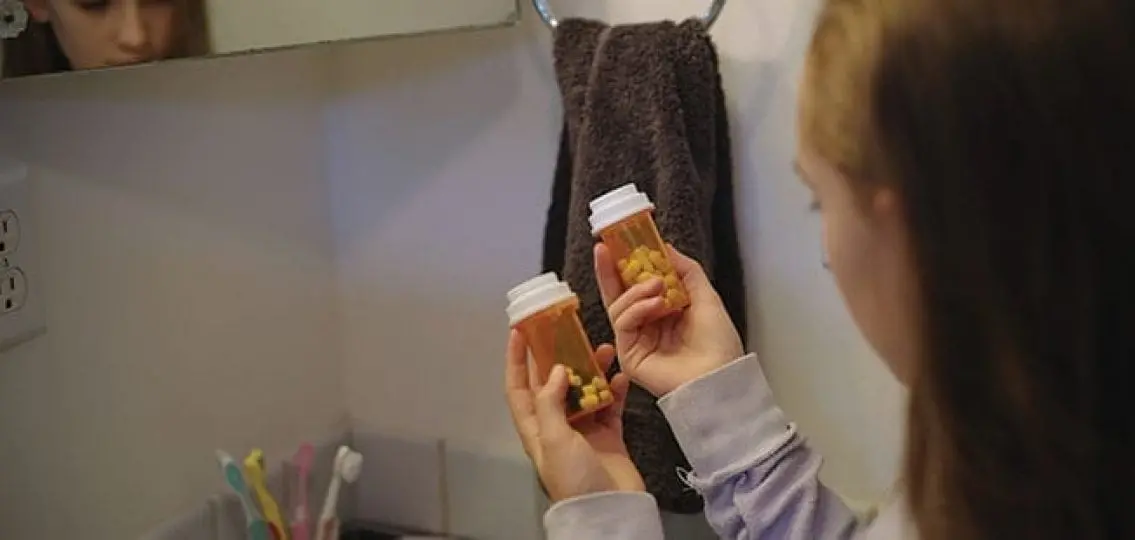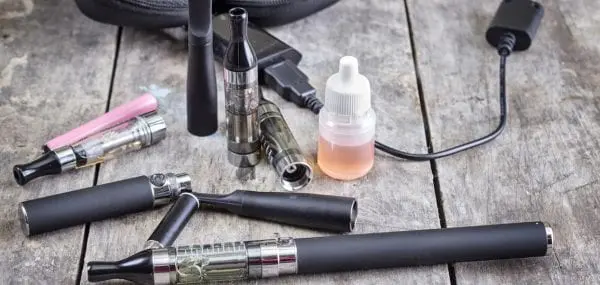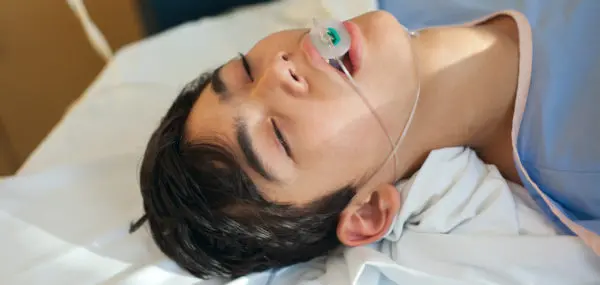During Luke’s senior year of high school, he got his wisdom teeth removed. His mom, Sandra, was surprised when, on the way out the door, the oral surgeon handed her a prescription for an opioid painkiller. She’d read a lot about the dangers of prescription painkillers and worried aloud about giving them to her son.

“The surgeon was also aware of the concerns,” Sandra says. “He still gave me the prescription in case Luke was in too much pain, but he also gave me a prescription for extra-strength Motrin, which we used instead for maybe a day.”
Sandra is an example of a growing number of parents who are questioning whether it’s safe for teenagers to take prescription painkillers for common procedures, like wisdom tooth extraction.
Their concern is not misplaced.
According to the National Institute of Drug Abuse, about half of young people who inject heroin—also an opioid—reported abusing prescription painkillers before starting to use heroin.
“Prescription narcotics and illicit narcotics do the same thing in the brain,” explains Dr. Jason Jerry, an addiction psychiatrist. “So really when you become addicted to prescription narcotics, then switch to heroin, you are doing the same thing.”
Of course, there’s also a risk that a teenager may abuse the prescription painkiller itself. In 2014, according to the Substance Abuse and Mental Health Services Administration, almost 500,000 adolescents were found to be “non-medical users of pain relievers.” Of those, about 170,000 were addicted to pain relievers.
Let’s be clear. The majority of people who take a prescription painkiller do not end up addicted to either heroin or the painkiller.
But a perplexing part of the problem is there is no real way to predict who will become addicted and who will not.
“We know that some people who take it are going to get addicted,” says Dr. Stephen Sroka, an adjunct professor at Case Western Reserve University’s School of Medicine. “They didn’t choose to mess up their life with this drug. It just grabs their brain.”
And the current heroin crisis in the United States has been fueled by over-prescribing of opioid painkillers over the past decade or so.
Before Giving Your Teen an Opioid Painkiller:
1. Ask for an opioid alternative.
“There are a lot of instances where narcotics are handed out to adolescents where they don’t need to be,” says Jerry. “Challenge the physician. Would high-dose Motrin be more appropriate? Or is there another alternative you could use?”
2. Ask for less and take control of the pills.
In some cases, like major surgery, your teenager may require a prescription opioid. “If a prescription narcotic is unavoidable, parents should take possession of that prescription and give it out as needed,” says Jerry. “As soon as your child is able to get by without it, immediately dispose of the rest of it.” Never leave leftover opioids in your medicine cabinet. “The medicine cabinet has become the liquor cabinet of our day,” adds Jerry.
3. Talk opioid safety.
“Just because it’s a prescription does not mean it’s safe. We need to dispel that myth,” says Jerry. “Seventy five percent of heroin addicts started with prescription pain medication.” Be upfront with your teen about these facts and risks.
4. Accept that some pain is okay.
Remember when you got your wisdom teeth out? Chances are, your surgeon sent you home with instructions to take an over-the-counter pain medication and eat lots of ice cream. Were you uncomfortable? Sure, but you got over it after a few days. No one should have to endure excruciating pain—that’s an appropriate use of prescription painkillers. But teens who undergo minor procedures should be able to endure some pain or discomfort without requiring prescription drugs, say experts.
5. Worry when …
If your teenager has been taking prescription painkillers, pay attention to any abrupt behavioral changes, advises Jerry. “Hanging out with a new group of friends. Violating rules. An abrupt change of grades. Self-isolating.” These kinds of changes may indicate your teenager is developing a substance-use disorder.

The good news is that lawmakers are stepping in. Over the past several years, the federal government has tightened restrictions on prescription opioids. Many states have too. And if prescription painkillers are unavoidable, the guidelines stipulate they should be given in only minimal amounts. But parents still need to be cognizant of the risks at hand and pay close attention, even if it’s just few pills.




